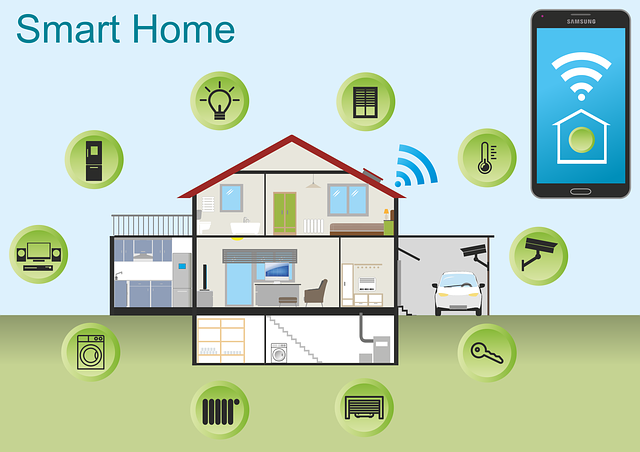2Mami Insights
Your go-to source for news, tips, and inspiration.
Smart Homes: Where Convenience Meets Culpability
Discover how smart homes blend convenience with hidden risks. Are you prepared for the tech that knows too much?
The Pros and Cons of Smart Home Technology: Balancing Convenience and Privacy
Smart home technology has revolutionized the way we interact with our living spaces, providing a level of convenience that was once unimaginable. Devices like smart thermostats, lights, and security systems can be controlled remotely via smartphones or voice-activated assistants, enabling users to optimize their home environment effortlessly. The ability to automate everyday tasks, such as adjusting the temperature or turning off lights, enhances both comfort and energy efficiency. However, alongside these benefits come potential downsides that warrant consideration.
One of the primary concerns surrounding smart home technology is privacy. Many smart devices collect data on user behavior, which can be vulnerable to breaches or misuse. The interconnected nature of smart home devices means that a security flaw in one gadget could potentially compromise the entire system. Additionally, there is the discomfort of being constantly monitored, even if the data collection is used to enhance user experience. As consumers weigh the benefits of convenience against these privacy risks, striking a balance is essential to ensure both safety and satisfaction in smart living.

How Secure Are Your Smart Devices? Understanding Risks and Protections
In today's digital age, smart devices like smartphones, smart speakers, and IoT appliances have become integral to our daily lives. However, their convenience often comes with significant risks. Cybercriminals regularly target these devices to gain unauthorized access, steal personal data, or even spy on users. According to recent studies, nearly 70% of smart devices are vulnerable to various types of cyberattacks. Understanding the security implications of these gadgets is essential as they can form a gateway to your private information, making you susceptible to identity theft and other cyber threats.
To mitigate the risks associated with your smart devices, it's crucial to implement several protective measures. Start with the basics: always update your device firmware and applications to ensure you have the latest security patches. Additionally, using strong, unique passwords and enabling two-factor authentication can significantly enhance your device's security. Consider creating a separate network for your smart devices to limit access to your primary network. By taking these steps, you can improve the safety of your digital environment and better protect against potential cyber threats.
Is Your Smart Home Watching You? Exploring Data Privacy Concerns
The rise of smart home technology has transformed our everyday lives, making tasks simpler and more convenient. However, this convenience comes with significant data privacy concerns. Many smart devices, such as security cameras, smart speakers, and connected appliances, are constantly collecting and transmitting data to improve user experience. Unfortunately, this data collection raises questions about who is accessing this information and how it is being used. For instance, a recent survey found that 60% of consumers are worried about their personal data being exploited by corporations, highlighting the necessity for heightened awareness and vigilance in managing privacy settings.
Moreover, users often overlook the fact that some devices may be equipped with features that, while beneficial, can also compromise privacy. For example, smart cameras can monitor your home but can also be exploited by hackers if not secured properly. It's crucial to regularly update device firmware and utilize strong passwords. Additionally, turning off features that track usage when they are not necessary can further safeguard your data. Ultimately, understanding the balance between enhanced convenience and data privacy is essential in this increasingly connected world, ensuring you maintain control over what information is shared and with whom.